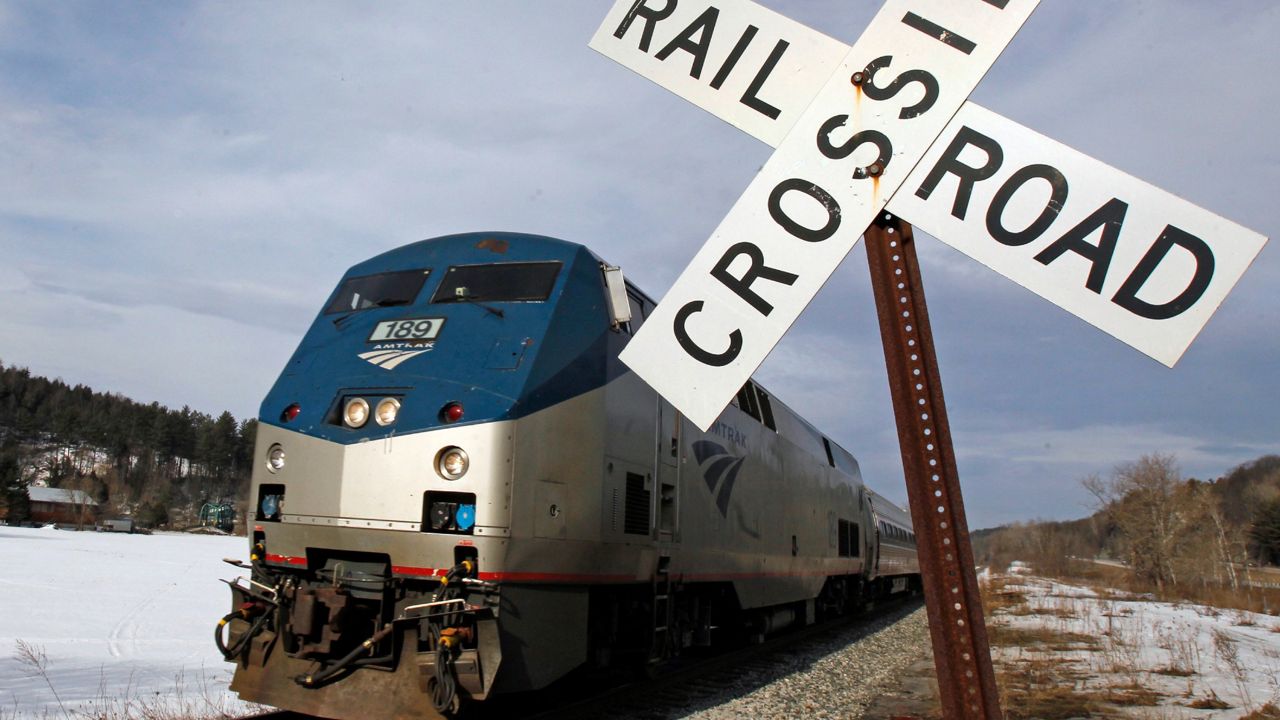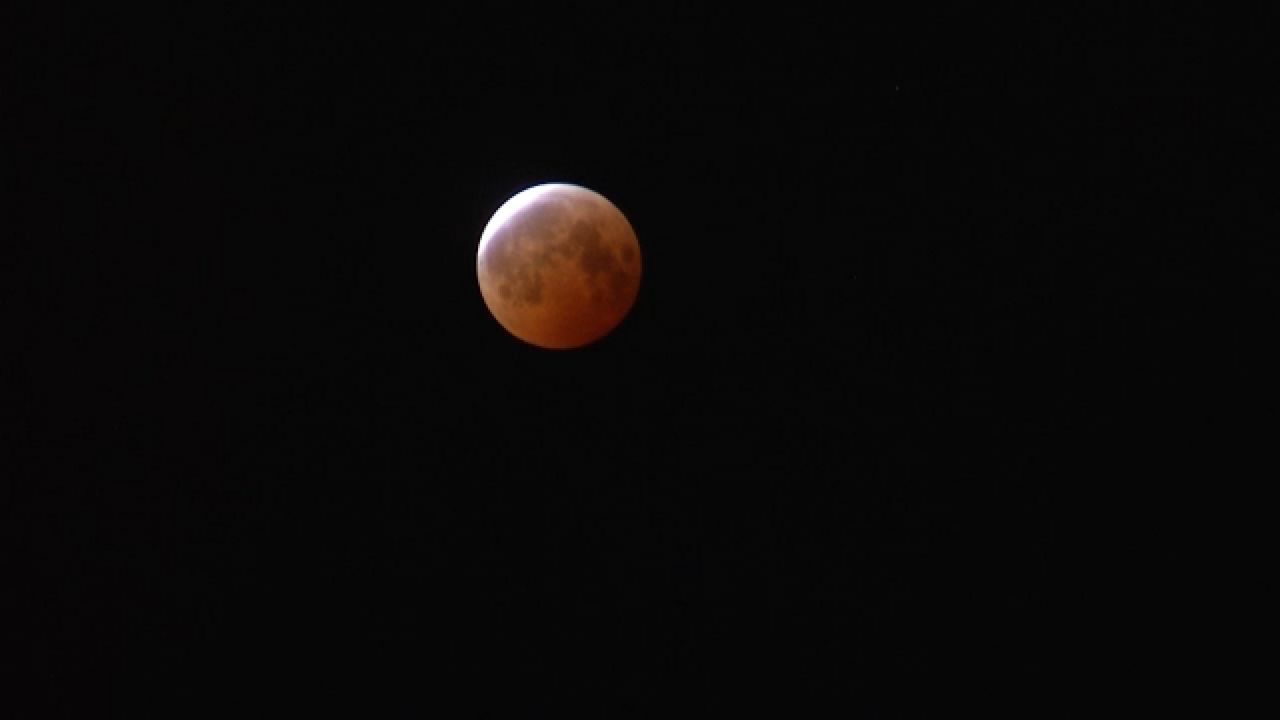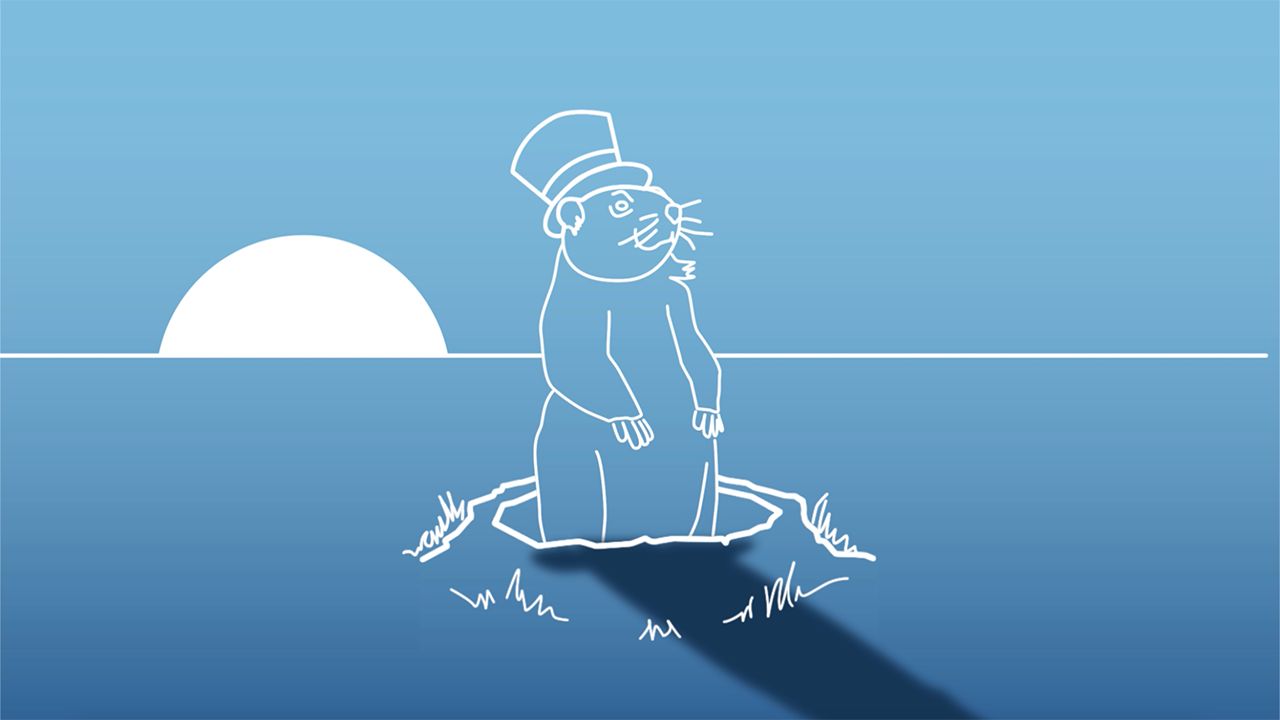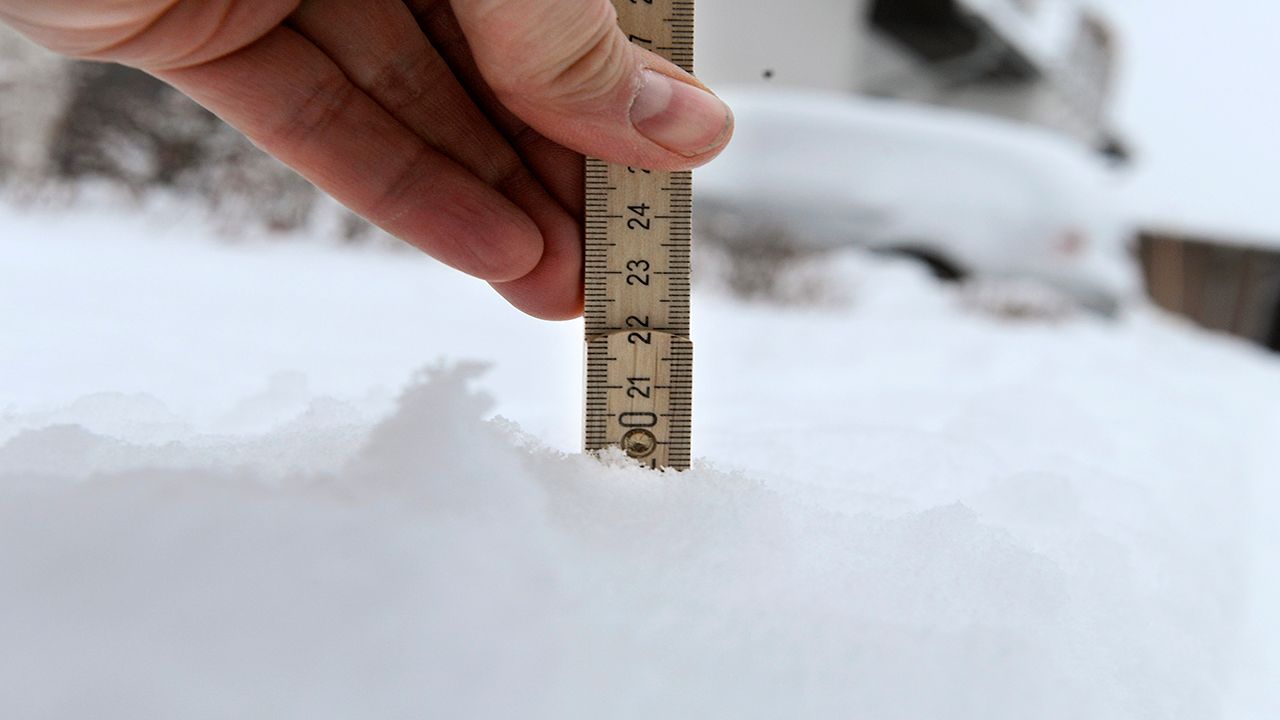The smoke that we’re getting in the region is absolutely tied to those wildfires in Quebec.
Smoky skies continue across many spots in New York State, caused by winds pushing smoke to the south from wildfires in the Canadian forests.
“All of those fires started a couple of weeks ago in a passage of a front where there was a lot of lightning and started a whole bunch of fires all at once,” Andrew Vander Yacht, SUNY College of Environmental Science and Forestry, said.
While forest fires are normal and can be beneficial to the ecosystem, Vander Yacht says drought conditions across Canada led to unprecedented severe and destructive fires.
“An area the size of Maryland has already burned, and at this point in the fire season that is about 13-fold greater area of burned area,” he said.
Vander Yacht says climate change, hotter and drier conditions, are partly to blame.
“If climate change is actively affecting fire behavior out west, in Northern Canada, who is to say that it will not soon be affecting us here in the Northeast,” he explained.
Vander Yacht is also critical of the mismanagement of forest fires, in that humans have gone too far to stop fires that are a natural part of the forest life cycle.
“This has really led to an accumulation of fuels and fuel loads that are out of whack with what we historically would have seen,” he said.
Forest fires do happen in New York state, but places like the Adirondacks have wetter canopy-covered forests that limit their frequency and severity. However, with consistently drier, warmer conditions — that could change.
“I think the short answer is ‘yes,’ we should be prepared to deal with his more often,” he said.
Vander Yacht says active forest management leads to healthier forests and can significantly reduce emissions from fires and that will be critical as we experience a changing climate.










